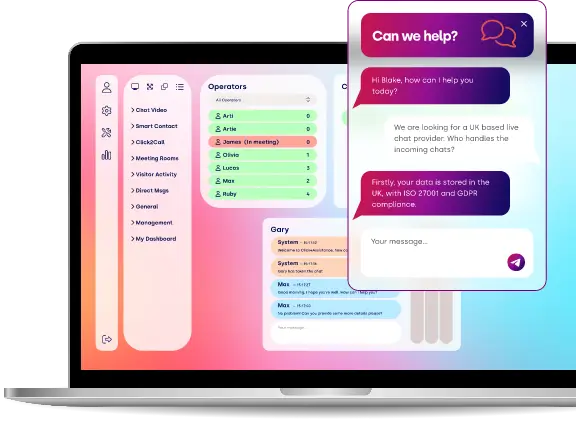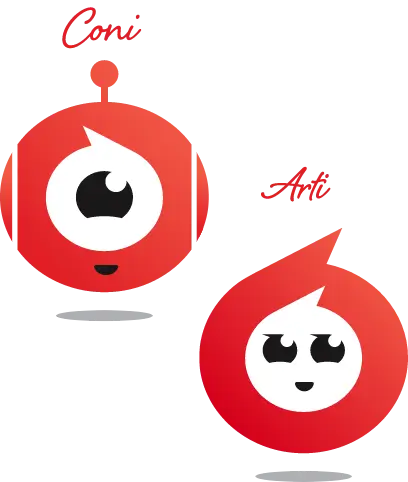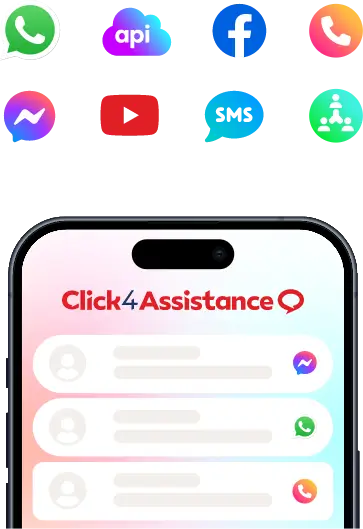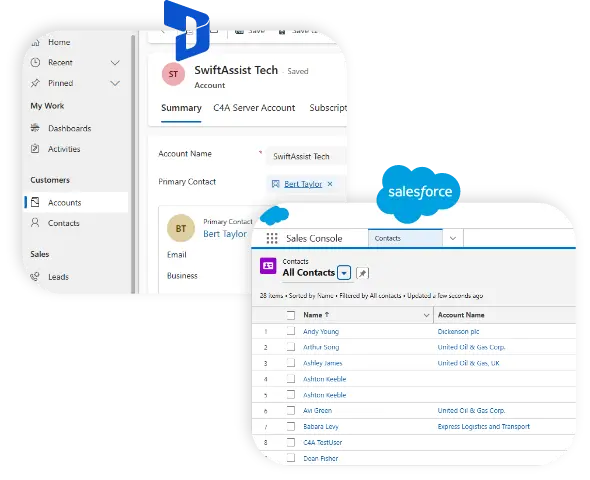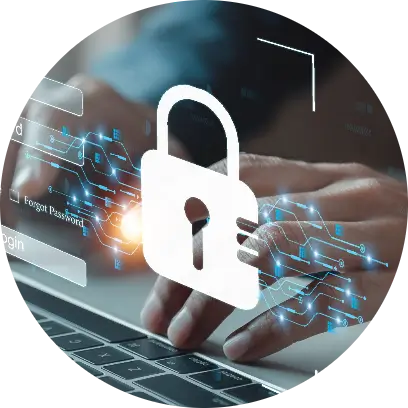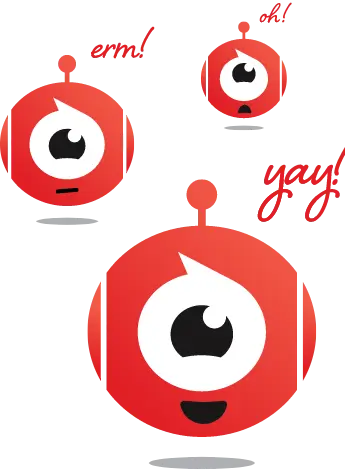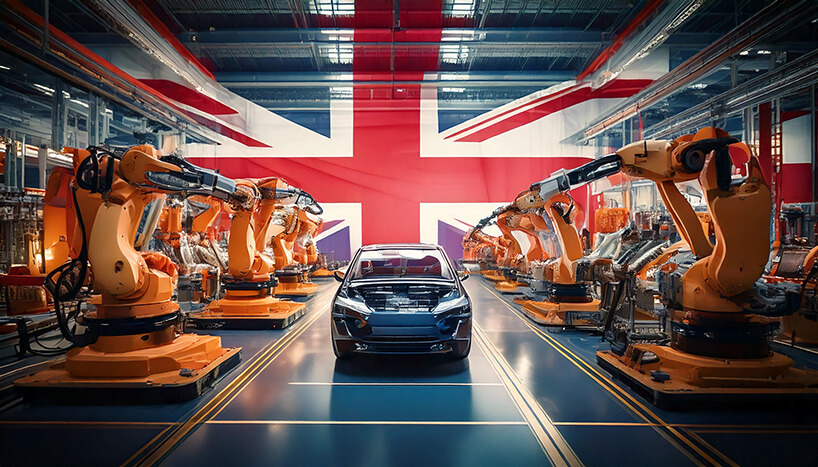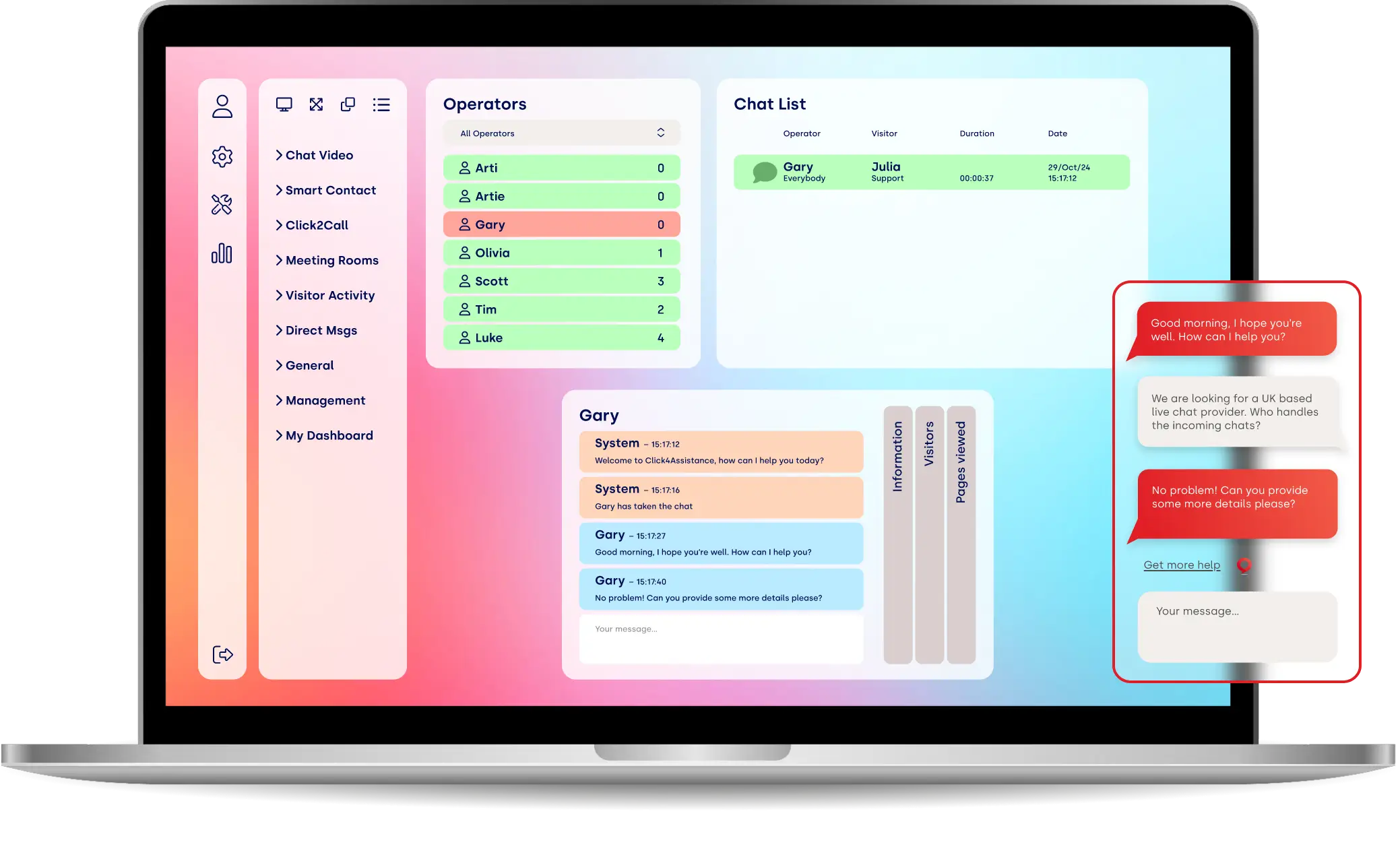How AI is revolutionising art

AI is revolutionising art by expanding the scope of what is possible. However, it will not replace human artists.
Ten years ago, the idea that AI could produce artwork that would sell for hundreds of thousands of pounds seemed laughable. Today, though, it’s reality.
In 2018, Christie’s auction house in London sold the first ever 100 per cent AI-generated painting entitled Edmond de Belamy. Experts predicted it might make $10,000 but ended up selling for an enormous $432,500. Since then, buyers have bought numerous AI-generated paintings and images, establishing a market worth millions of dollars.
How Can Computers Make Art?
To many observers, such developments are unnerving. It’s one thing getting humans to write code that produces artwork (something they’ve been doing for fifty years); it’s quite another for a machine to do it all by itself.
AI systems can create artwork because of a technology called generative adversarial networks (GANs). Developers input a computer with various images or photos and ask it to produce similar images using a neural net-based approach. Algorithms then pump out millions of depictions based on the initial dataset.
That technology has been around for years. The clever part is the “adversarial” element – the second network on the other side. This tests the success of the outputs against the original dataset, looking for points of similarity and difference. Pitting the two networks against each other repeatedly helps the system move towards a certain artistic truth, capturing the essence of a particular set of artwork but not plagiarising it.
Will AI Revolutionise Art?
Human artists believe such systems cannot replicate the same creative ability as people. That’s because everything a GAN produces is derivative. It can only generate outputs based on the original data inputs from humans.
Artists such as Monet, Picasso, and Dali pushed the artistic field in directions it had never been taken before. That’s why people celebrate them. They displayed a capacity for genuine originality that pushed beyond the confines of existing work.
By contrast, it’s not clear that machines can do that. While they might produce visually stunning works of art, they don’t have the same capacity for originality.
Therefore, the most likely outcome for how art will develop is a hybrid approach where humans and machines work together, similar to what we see in the best chat software for business. People will define the inputs and then get the AI to generate various outputs. A curation process will then take place, selecting results with the most artistic merit.
Throughout history, artists have had to adapt to changing situations, so GANs are nothing particularly new. Historically, artists had to adapt to new art forms and sociopolitical issues, and the same is true today. Artificial intelligence is ultimately another tool artists can use to develop new creations.
Moreover, artists still own the output of GANs used to generate art as long as they use open-source systems. Hence, they retain full ownership rights, just as if they used paint, brushes, cameras, musical instruments or any other tool manufactured by third parties.
